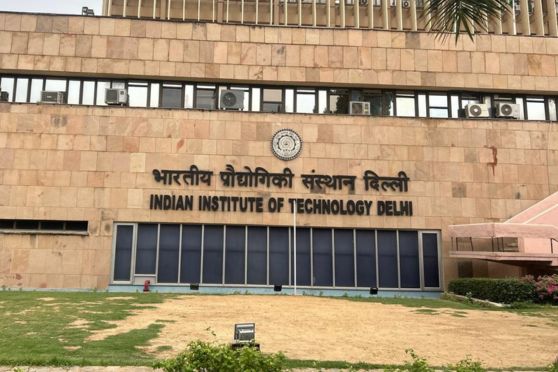This advanced photodetector by IIT Delhi scientists to revolutionise optical communication


Researchers from the Indian Institute of Technology Delhi (IIT Delhi) have developed an advanced photodetector that could revolutionise high-speed optical communication.
The study, led by Dr Rakesh Suthar (Postdoctoral Researcher) and Suryakant Singh, under the supervision of Prof Supravat Karak, Organic and Hybrid Electronic Device Laboratory, Department of Energy Science and Engineering, has been published in Advanced Functional Materials (https://doi.org/10.1002/adfm.202425426). Part of this work was conducted at Nagoya University under the JSPS Invitational Fellow program in Prof Kunio Awaga’s group.
Photodetectors are essential for optical communication, converting light signals into electrical signals for high-speed data transmission. Unlike conventional devices that require external power and suffer from signal loss, the newly developed Metal-Semiconductor-Insulator-Metal (MSIM) photodetector operates without an external power source while offering ultra-fast response and high sensitivity across visible to near-infrared (NIR) light.
This newly developed MSIM-type novel photodetector overcomes the limitations of conventional Si and GaAs-based photodetectors, which require high biasing voltage and lack flexibility. Instead, it leverages photo-induced displacement current, improving response time and efficiency. Using polymer PM6, acceptor Y6, and a dielectric parylene layer, the device generates fast transient photocurrent signals with opposite polarity under light ON/OFF cycles, making signals inherently more distinguishable. The device also achieved a remarkable cutoff frequency of 5.6 MHz, outperforming many existing organic photodetectors.
Additionally, the MSIM photodetector successfully demonstrated real-time infrared (IR) communication using ASCII codes, proving its potential for high-speed data transfer. Its self-powered nature, combined with high sensitivity and fast response, makes it a promising candidate for energy-efficient optoelectronic applications.
Prof. Supravat Karak from the Department of Energy Science and Engineering, IIT Delhi, emphasized the significance of this innovation, stating, “Our goal was to develop a high-speed, self-powered photodetector that can advance next-generation optical communication systems while ensuring energy efficiency.”
Dr Rakesh Suthar added, “This research highlights the potential of organic semiconductors in developing energy-efficient and ultra-fast optoelectronic devices, significantly enhancing high-speed communication and sensing technologies.”
The developed technology holds great promise for applications in quantum technology, particularly for single-photon detection and high-frequency communication. Further assessments of this technology will be conducted under the “Quantum Mission” project, led by IIT Delhi and funded by DST.